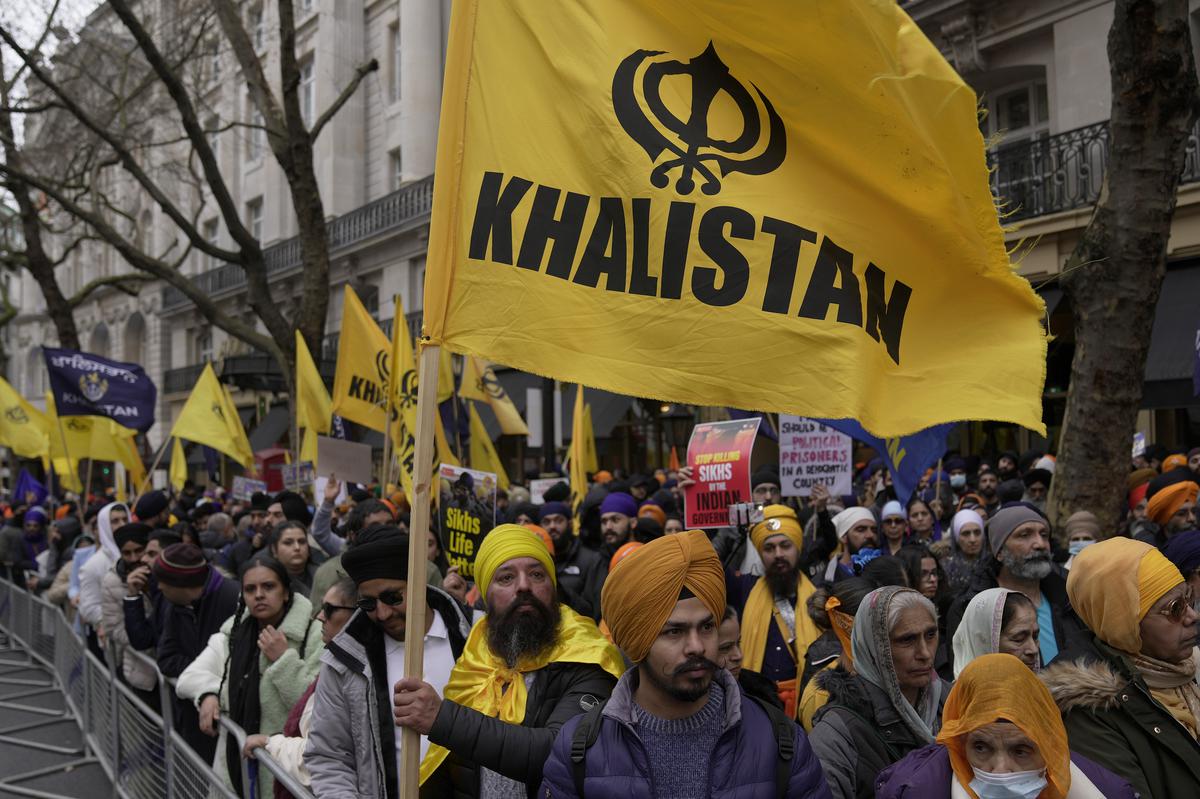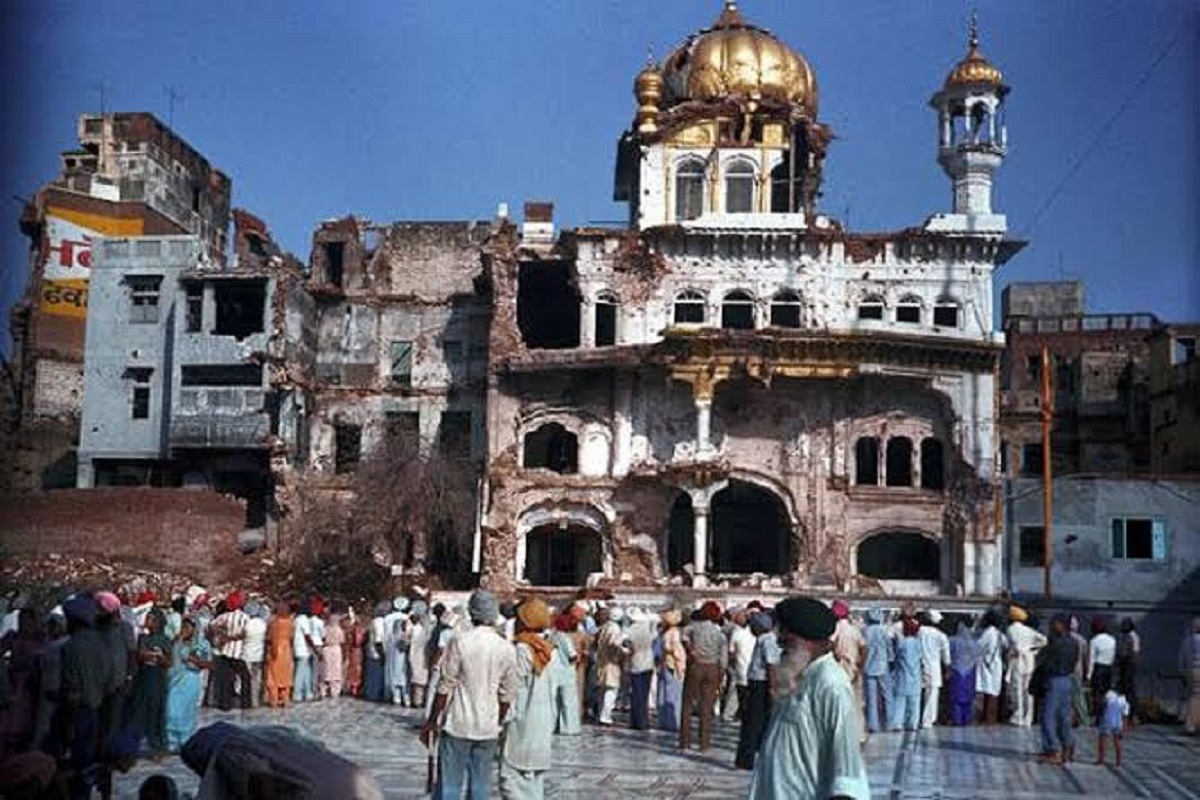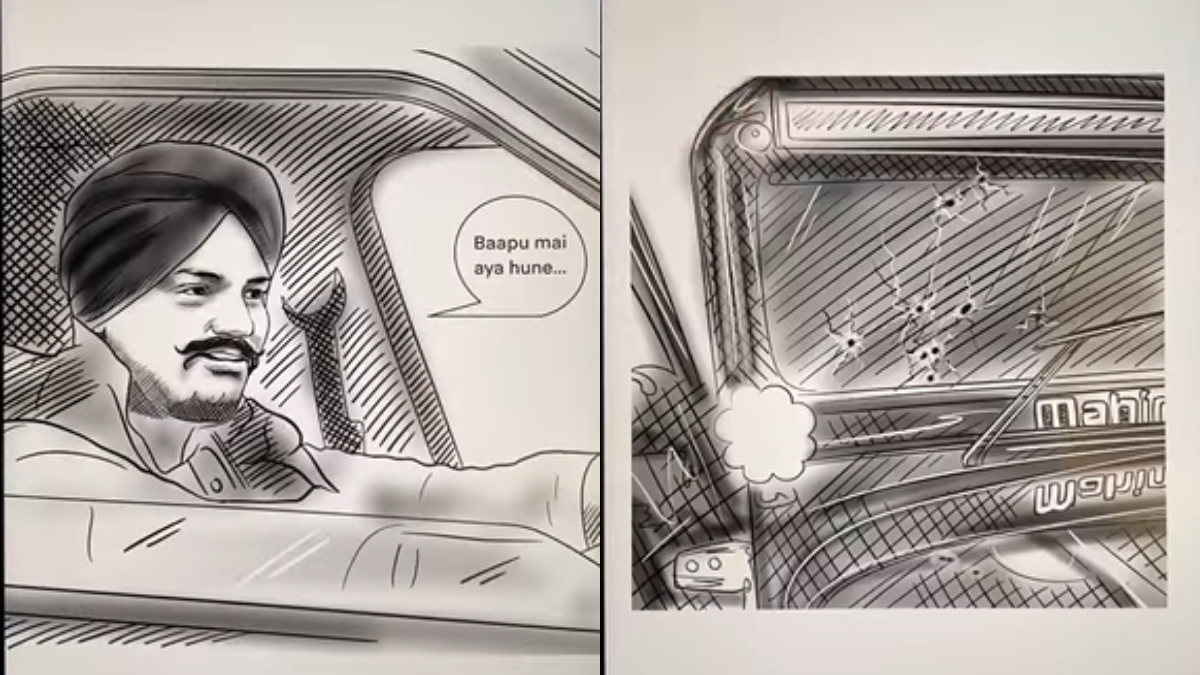Khalistan: A Controversial Issue
The demand for an independent Sikh state, commonly known as Khalistan, has been a controversial topic for several decades. The idea of Khalistan was first proposed in the 1940s by Sikh leaders who felt that their community was not adequately represented in the newly-formed state of India. Since then, the demand for Khalistan has remained a contentious issue in Indian politics and has led to violence and conflicts.
Historical Context
The roots of the demand for Khalistan can be traced back to the partition of India in 1947, which led to the creation of two nations: India and Pakistan. The partition was based on religious lines, with Muslims migrating to Pakistan and Hindus and Sikhs staying in India. However, the partition did not take into account the aspirations of the Sikh community, who felt that they were not adequately represented in the new state of India.
The demand for a separate Sikh state gained momentum in the 1970s when Sikh militancy emerged in Punjab, India. The militancy was led by groups such as the Khalistan Liberation Force and the Babbar Khalsa, who used violence to demand an independent Sikh state. The movement was fueled by a sense of injustice and discrimination towards Sikhs, who felt that their culture and religion were being suppressed by the Indian state.
Violence and Conflicts
The demand for Khalistan led to violent conflicts between Sikh militants and the Indian government in the 1980s and 1990s. The Indian government launched Operation Blue Star in 1984 to flush out Sikh militants who had taken refuge in the Golden Temple in Amritsar, Punjab. The operation resulted in the death of several militants and civilians, including the Sikh leader Jarnail Singh Bhindranwale.
The assassination of the Indian Prime Minister Indira Gandhi by her Sikh bodyguards in retaliation for Operation Blue Star led to anti-Sikh riots in several parts of India. The riots resulted in the death of thousands of Sikhs and further fueled the demand for Khalistan.
The Khalistan movement lost momentum in the 1990s due to a combination of factors, including the decline of Sikh militancy and the Indian government's efforts to address the grievances of the Sikh community. However, the demand for Khalistan continues to exist among some sections of the Sikh diaspora, particularly in countries such as Canada and the United Kingdom.
Current Situation
The demand for Khalistan remains a contentious issue in Indian politics. The Indian government views the demand as a threat to its sovereignty and has taken measures to curb the Khalistan movement. The government has banned several Sikh extremist groups and has arrested individuals suspected of having links to the Khalistan movement.
However, the demand for Khalistan continues to exist among some sections of the Sikh community. Pro-Khalistan rallies and demonstrations are held in several parts of the world, particularly during significant Sikh events such as the anniversary of Operation Blue Star.
Conclusion
The demand for Khalistan has been a contentious issue for several decades. While the Khalistan movement lost momentum in the 1990s, the demand for an independent Sikh state continues to exist among some sections of the Sikh community. The Indian government views the demand as a threat to its sovereignty and has taken measures to curb the Khalistan movement. However, addressing the root causes of the demand, such as discrimination and injustice towards the Sikh community, may be a more effective long-term solution to the issue.







No comments:
Post a Comment